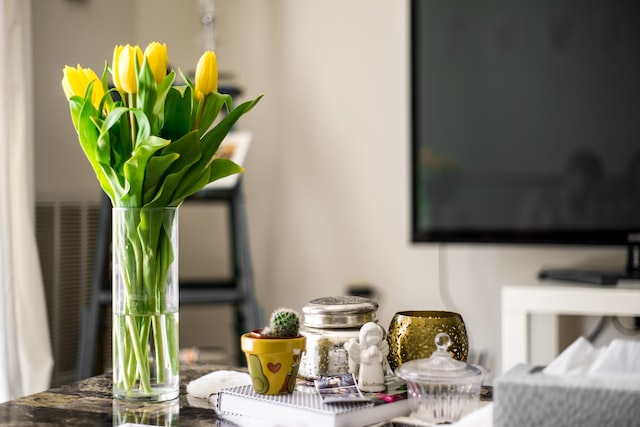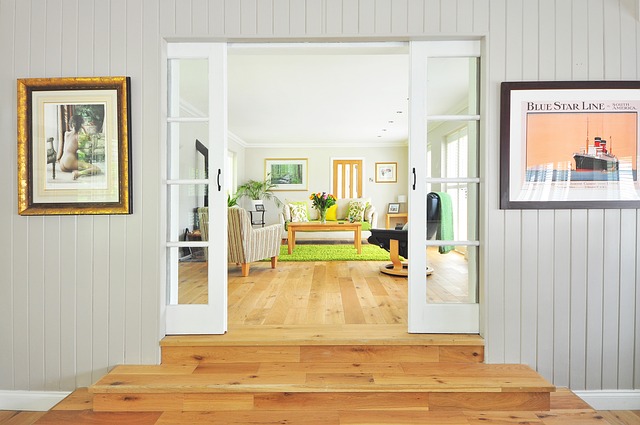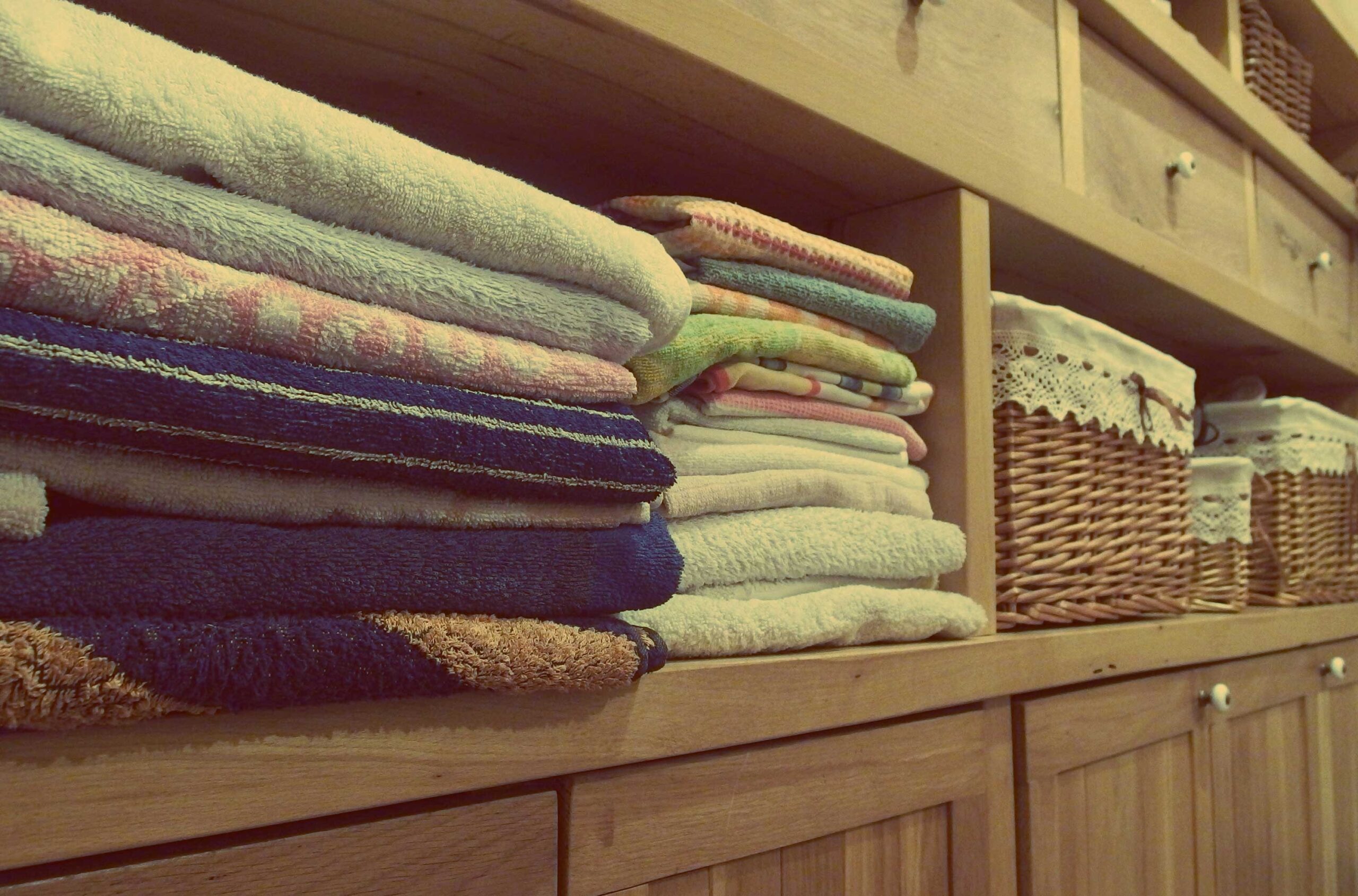How To Create A Budget-Friendly Home Organizing Plan
There are some affiliate links below, but they are all products I highly recommend. For more info, view my disclosure here.
Do you feel overwhelmed by the clutter in your home? Are you looking for an efficient and budget-friendly way to get it organized? If so, this article is for you! In the following paragraphs, we will discuss how to create a budget-friendly home organizing plan that will help you take control of your space and reduce stress.
First, we’ll explore why having an organizing plan is important. We’ll discuss the benefits of creating a budget-friendly plan that doesn’t require a large upfront investment. We’ll also provide some practical tips on how to achieve the most bang for your buck when shopping for home organization items.
Finally, we will look at how to make sure your plan stays on track and how to adjust it as needed over time. By following these simple steps, you should be able to create a budget-friendly home organizing plan that works for you and fits within your lifestyle. So let’s get started!
1. Assess Your Home Organization Needs
First, it’s important to assess what your home organization needs are. This means taking stock of the things that need to be organized, as well as any potential organizational challenges. It’s also helpful to think about what type of organizational system would work best for you and your family. Once you have an idea of what needs to be done, you can move on to the next step.
The next step is determining a budget-friendly plan for organizing your home. To do this, think about what items you already have that can be used for organization, such as storage bins or baskets. Also consider if there are any DIY solutions that can help with organization, such as repurposing furniture or using hooks and shelves to maximize space. Finally, talk with your family members and get their input on how they think the house should be organized so everyone is comfortable with the plan.
Once you have a good idea of how much money you want to spend on organizing your home and what type of organizational system would work best for everyone involved, it’s time to start implementing the plan. Start by creating a schedule and assigning tasks accordingly so everyone knows what they need to do each day in order to get organized quickly and efficiently. Additionally, make sure that everyone follows through with their assigned tasks so that the project stays within budget and gets completed in a timely manner.
2. Set Your Budget
Before you can create a budget-friendly home organizing plan, you need to set your budget. Establishing a clear idea of how much money you’re willing and able to spend on organizing your home is essential for creating an effective plan.
Take some time to think about what kind of budget you’d like to set and how much money you want to allocate towards the project. Consider the cost of any items or services that may be necessary, such as purchasing storage containers or hiring a professional organizer. Make sure the amount you choose is realistic and won’t leave you strapped for cash afterwards.
Once you’ve determined your budget, stick with it! You’ll find it’s much easier to create an effective home organization plan if you have a firm understanding of how much money is available. This helps ensure that every purchase or decision made will go towards helping reach your goal in the most cost-effective way possible.
3. Create A Shopping List
The third step to creating a budget-friendly home organizing plan is creating a shopping list. This is when you decide what items you need to purchase in order to make your home more organized. When it comes to creating a shopping list, consider both the needs and wants of your home. Start with the basics, like storage containers and filing systems, and then move onto things like decorative pieces and other items that can help make your house look aesthetically pleasing.
When making your shopping list, also be sure to factor in any discounts or sales that may be available at stores near you. Doing this can help save you money while still providing you with the items you need for your home organizing plan. Additionally, if you’re looking for secondhand items, such as furniture or decorations, check out thrift stores or online marketplaces. You can often find great deals on these products without compromising on quality.
Overall, creating a shopping list for your budget-friendly home organizing plan is an important step that requires thoughtful consideration of both needs and wants. Taking into account any discounts or sales available and looking at secondhand options can help keep costs down while still providing quality items for your plan.
4. Shop For Organization Supplies
Now that you’ve created your shopping list, it’s time to get shopping. Before you head out however, there are a few things to consider. Firstly, make sure to stick to your budget. It can be tempting to splurge on more expensive items when shopping, so be realistic and stay within your means. Secondly, look for ways you can save money. Research online for coupons and discounts and see if any local stores have sales on the items you need.
Finally, keep in mind that there are plenty of alternatives to buying new supplies. See what you already have around the house you can use or check out thrift stores or yard sales for secondhand items at a fraction of the cost. You may even find some unique pieces that will add character to your organizing plan!
5. Consider Budget-Friendly Alternatives
Once you’ve identified what organizing supplies you need, the next step is to consider budget-friendly alternatives. It’s important to be realistic about how much time and money you have available for organizing your home. For example, a big name-brand storage container may cost more than a generic one from a discount store. However, if the name-brand product is of higher quality, it might last longer and save you money in the long run.
Another way to save money on organization supplies is to buy used or recycled items online or at thrift stores. This can be an especially good option if you’re looking for something specific like an antique dresser or shelf unit. With some creativity and patience, you can often find great deals on these items without sacrificing quality or style.
It’s also possible to make your own organizational supplies using items that you already have around the house. Things like shoe boxes and tissue boxes can become instant organizers with just a bit of paint and some decorative touches like labels or magnets. You could even turn an old dresser into a craft organizer with some basic tools and materials from a hardware store. By being creative and resourceful, you can find plenty of budget-friendly solutions for organizing your home without breaking the bank.
6. Utilize Free Or Low-Cost Resources
When it comes to a budget-friendly home organizing plan, utilizing free or low-cost resources can be beneficial. After all, these resources will help you stay within your budget while still getting the job done. There are many ways to access these resources and they can range from online tutorials to library books.
One way to get started is by visiting your local library to see what kind of books they have available on home organization. Many libraries have entire sections devoted to this topic and you may even find some books that offer step-by-step instructions for creating a budget-friendly home organization plan. You could also search online for free tutorials that provide helpful tips and guidance on setting up a budget-friendly home organization system.
Another great resource when organizing on a budget is thrift stores. You can usually find gently used items at an affordable price, which can help you save money while still achieving the look you want for your space. Additionally, there are often online marketplaces where people sell used items at discounted prices, so be sure to check them out too! With a bit of creativity and shopping around, you’ll be able to find the perfect pieces to organize your home without breaking the bank.
7. Designate Zones For Organization
Zoning off areas of your home is a great way to create a budget-friendly organizing plan. It allows you to designate which spaces will be used for what purpose, and it also provides a sense of order to the home. Setting aside different zones can help you stay on track with your organizing goals and maintain an organized environment over time.
Start by deciding on the main zones that need to be designated in your home. For example, if you have multiple rooms, divide them into categories such as storage, living space, and workspace. This will help you identify which items should go where and make it easier to keep everything organized. Additionally, determine how much space each zone should occupy so that everything fits comfortably without overcrowding the area.
Once the zones are established, begin moving items into their respective areas. Stick with one zone at a time so that it doesn’t become overwhelming or chaotic. You can use containers or baskets to organize smaller items within each zone and label them accordingly for easy access later on. Investing in inexpensive organizers or dividers can also help you maximize the use of each space while maintaining an organized look in the home.
With clear zoning designations and proper organization techniques, you can easily transform any home into an orderly yet budget-friendly environment. A little bit of effort upfront goes a long way in helping keep things organized over time!
8. Make A Maintenance Schedule
Organizing your home doesn’t have to be expensive if you plan ahead. Creating a maintenance schedule is a key part of any budget-friendly home organizing plan. This will help you keep everything neat and tidy in between major decluttering projects, saving you time and money in the long run.
To make an effective maintenance schedule, start by identifying which areas of your home need regular upkeep. For example, bathrooms and kitchens may require more frequent cleaning than other parts of your home. Next, assign specific tasks for each area on certain days of the week or month. Consider setting aside 15-30 minutes each day for picking up clutter or doing a quick wipe down on surfaces that get dirty quickly.
Finally, make sure to stick to your maintenance routine as best you can. It’s easy to let it slip when life gets busy but this can add up quickly over time and make it harder to stay organized. If needed, break down larger tasks into smaller chunks that are easier to manage or ask family members to chip in with their own tasks so everyone can work together to keep the home tidy and organized.
9. Get Creative With Storage Solutions
It’s time to get creative with storage solutions. Finding affordable, budget-friendly ways to organize your home can be a challenge, but it doesn’t have to be. There are plenty of creative ideas out there that don’t require you to break the bank.
Look around your home and see what items you already own that could help with storage. Repurpose items like shoe boxes or mason jars for things like craft supplies, kitchen utensils, or even office supplies. Utilizing baskets or plastic containers can also help organize closets and cabinets in an efficient way.
Finally, use walls and ceilings as much as possible by installing shelves or hooks. This will give you additional space while also giving your walls some extra personality. With a little bit of creativity and effort, you can create a budget-friendly home organizing plan that looks amazing.
10. Find Ways To Reorganize Over Time
Reorganizing your home doesn’t have to be a one-time event; it’s something you can do gradually over time. Making small adjustments, like re-arranging furniture or changing up the items on shelves, can make a big difference in how organized your space is. It’s also important to think outside of the box when it comes to storage solutions. A little creativity and ingenuity can go a long way in making sure that all of your belongings have their place.
One great way to reorganize over time is by taking inventory of what you have. This helps you figure out where things should go and if there are any items that you no longer need. You can also identify any weak spots that need organizing, such as cluttered counters or overflowing closets. Having an understanding of what areas are most disorganized can help you come up with strategies for getting them back into shape.
Finally, budgeting for organizing accessories can help keep things organized and looking their best over time. Investing in bins, baskets, and other organizational tools will make tidying up much easier and help ensure that everything has its place. Spending some money upfront on these items will save you time and stress in the long run!
Organizing your home can be a daunting prospect, especially when you have limited funds. But with careful planning and creativity, it is possible to create a budget-friendly home organizing plan. Start by assessing your needs and setting a budget before creating a shopping list for supplies. Consider alternatives that are more cost-efficient and designate zones for organization. Make sure to also set up a maintenance schedule so that you can keep your space organized over time. Finally, get creative with storage solutions and find ways to reorganize as needed. With these tips in mind, you can craft an affordable home organizing plan that works best for you and your family.
With the right strategies in place, organizing your home doesn’t have to be expensive or overwhelming. By taking the time to assess your needs and develop an actionable plan, you’ll be able to create an efficient system that fits within the constraints of your budget. And remember: there’s no need to purchase everything all at once—you can slowly add pieces as needed over time until you reach the desired level of organization.
Creating a budget-friendly home organizing plan is not only possible but also practical and attainable. With some thoughtfulness and planning, you can create an effective system that works for both your lifestyle and resources!






